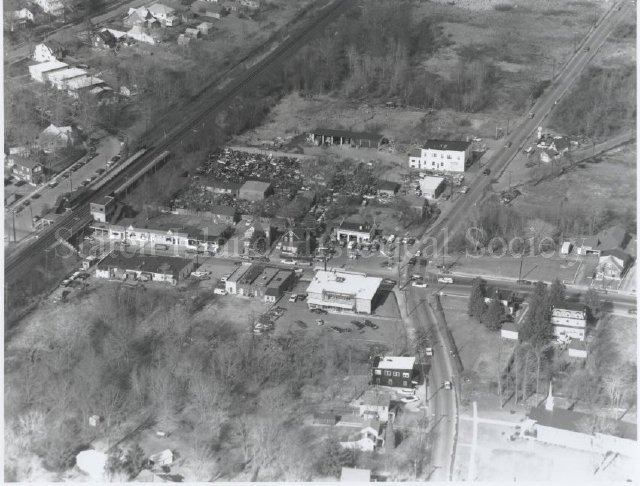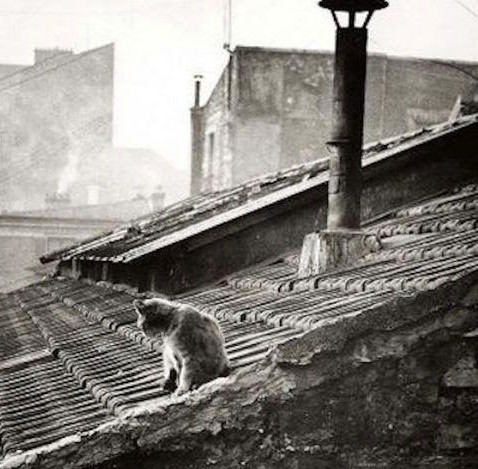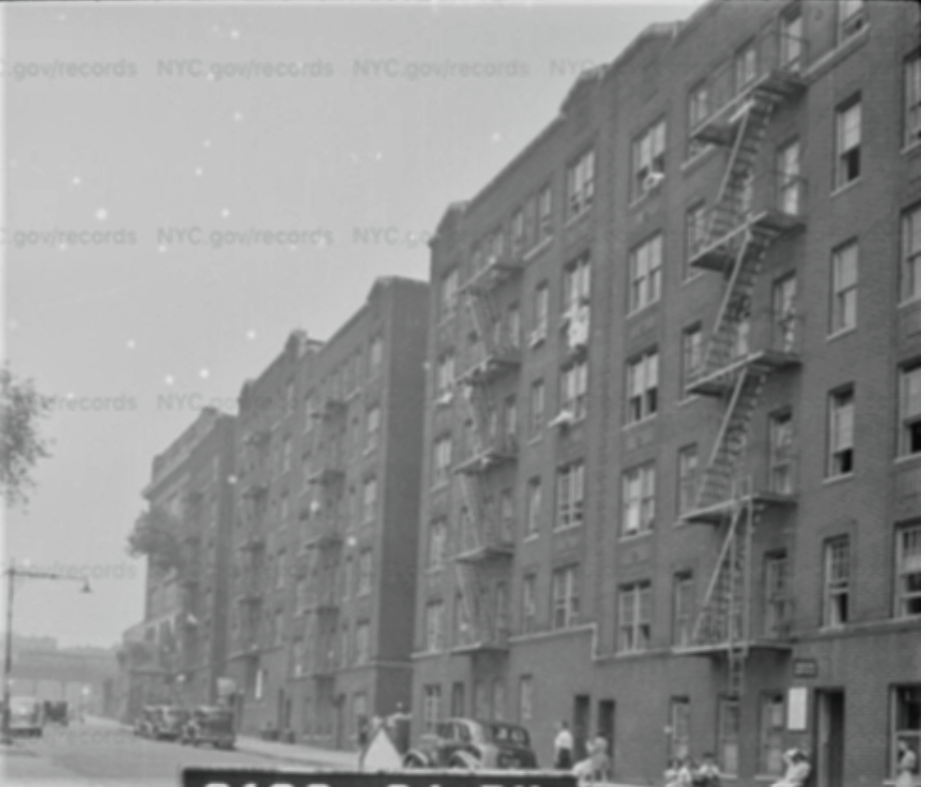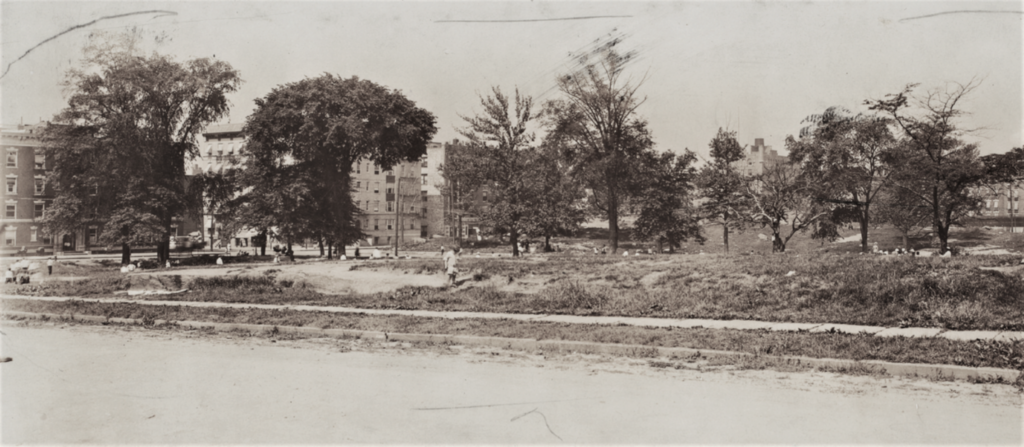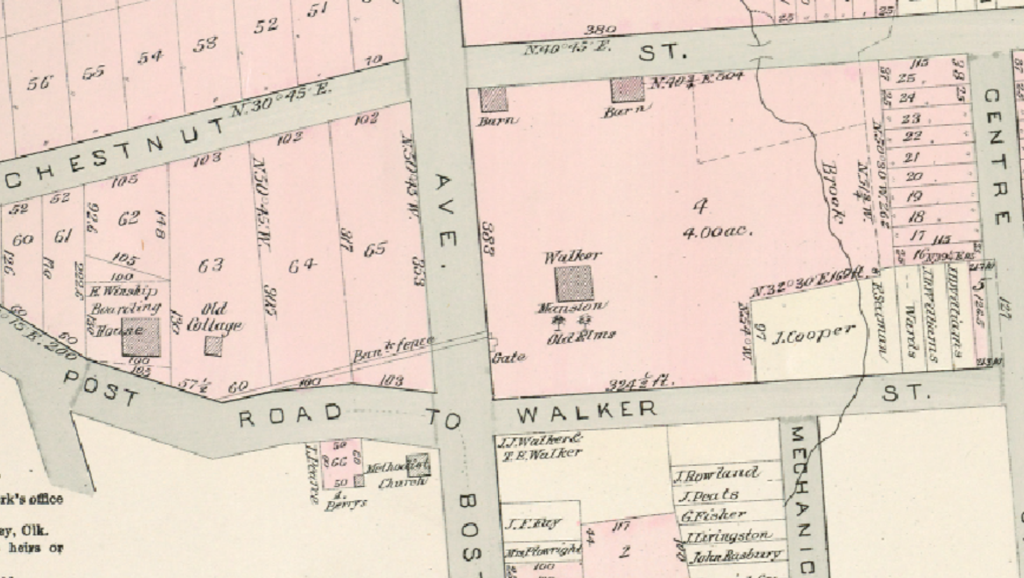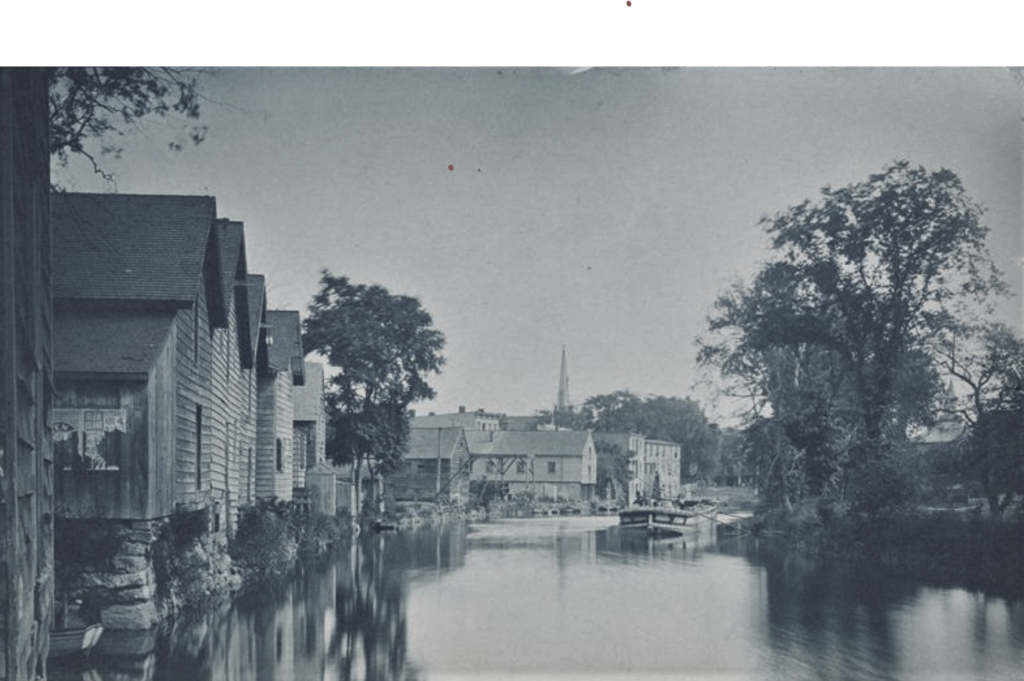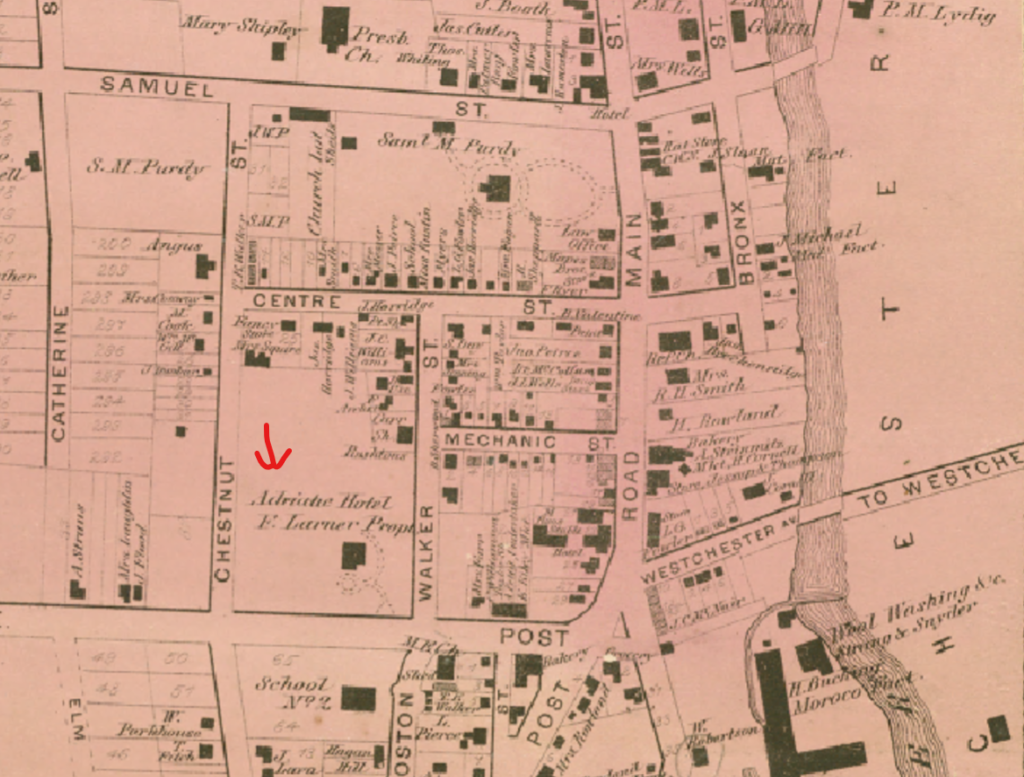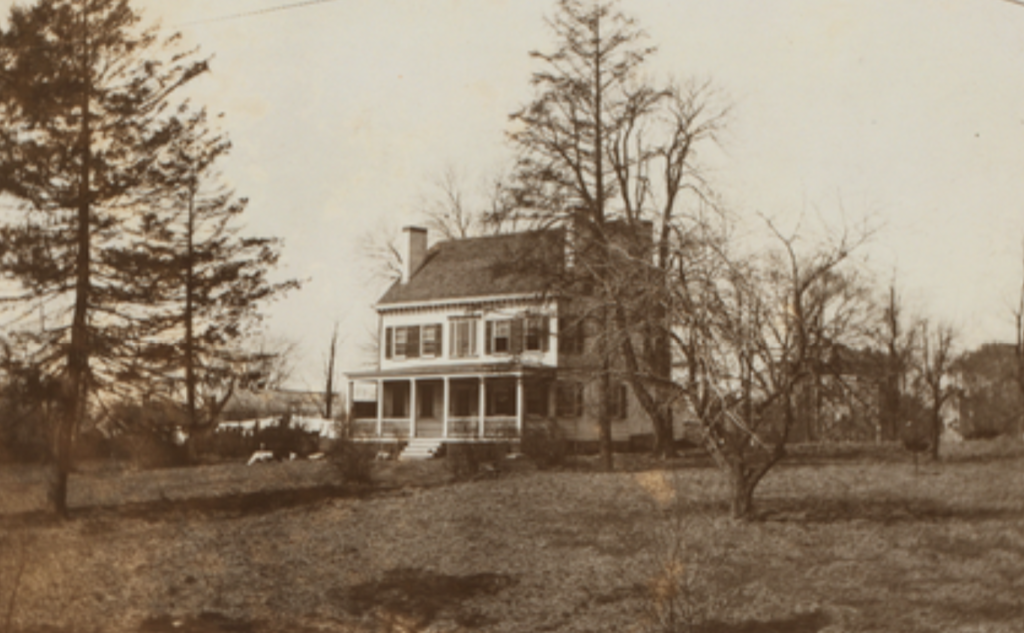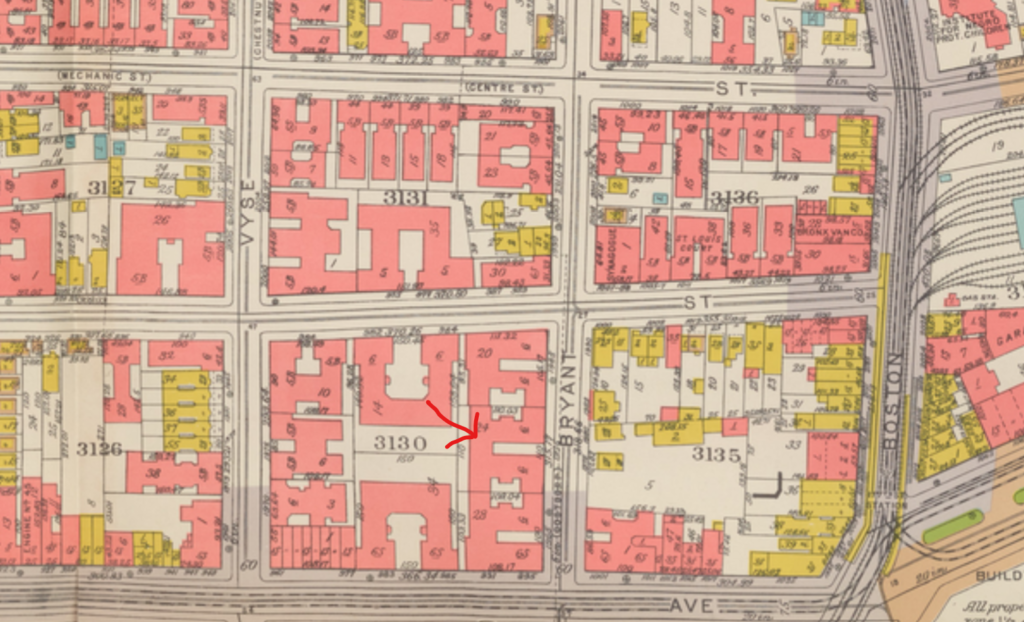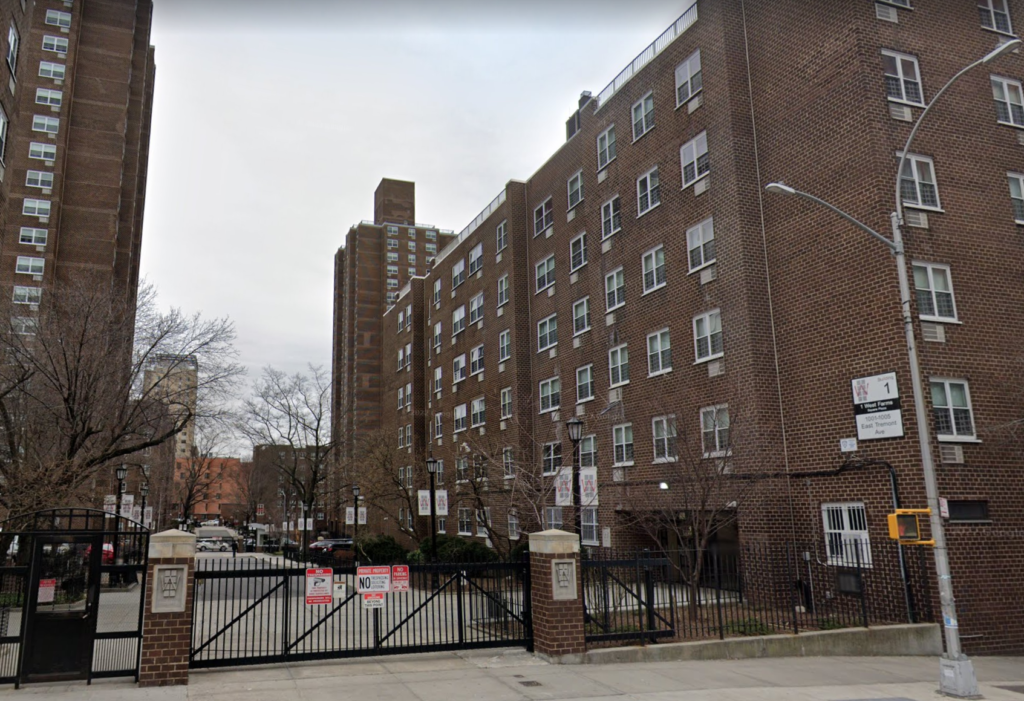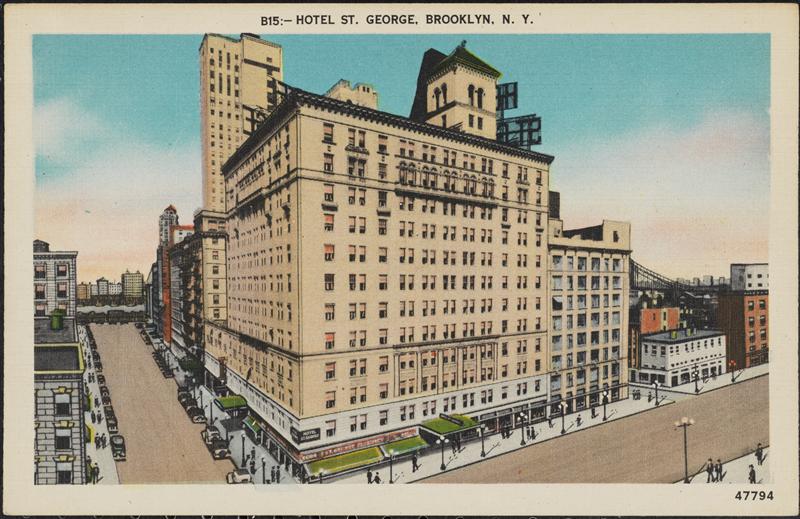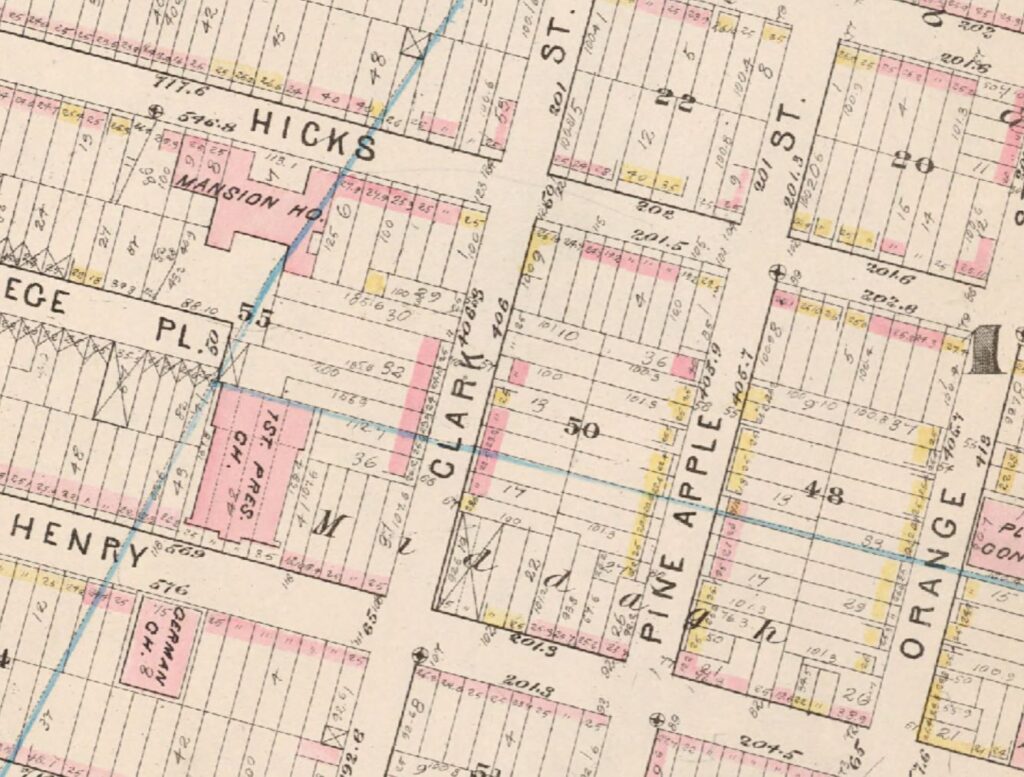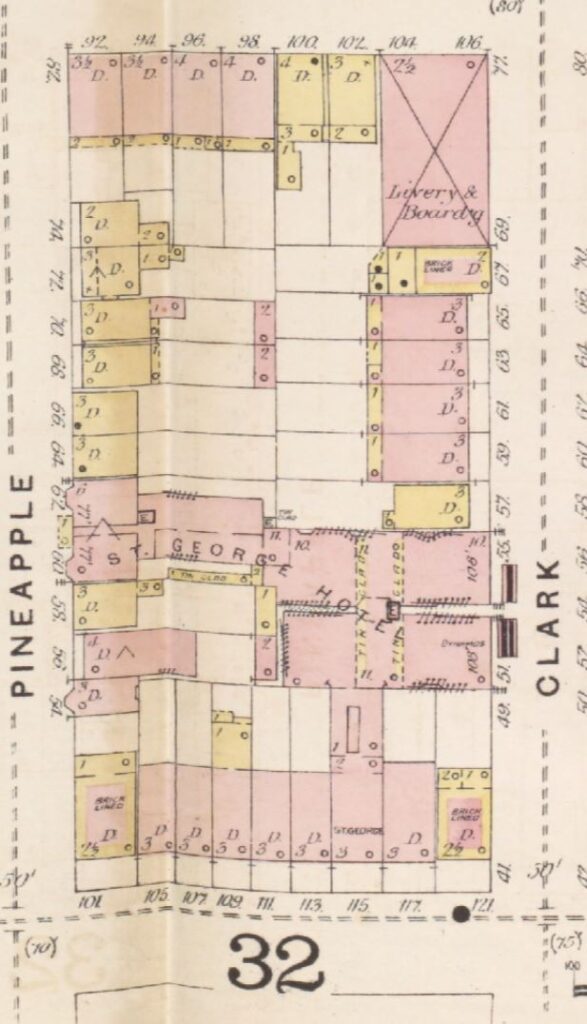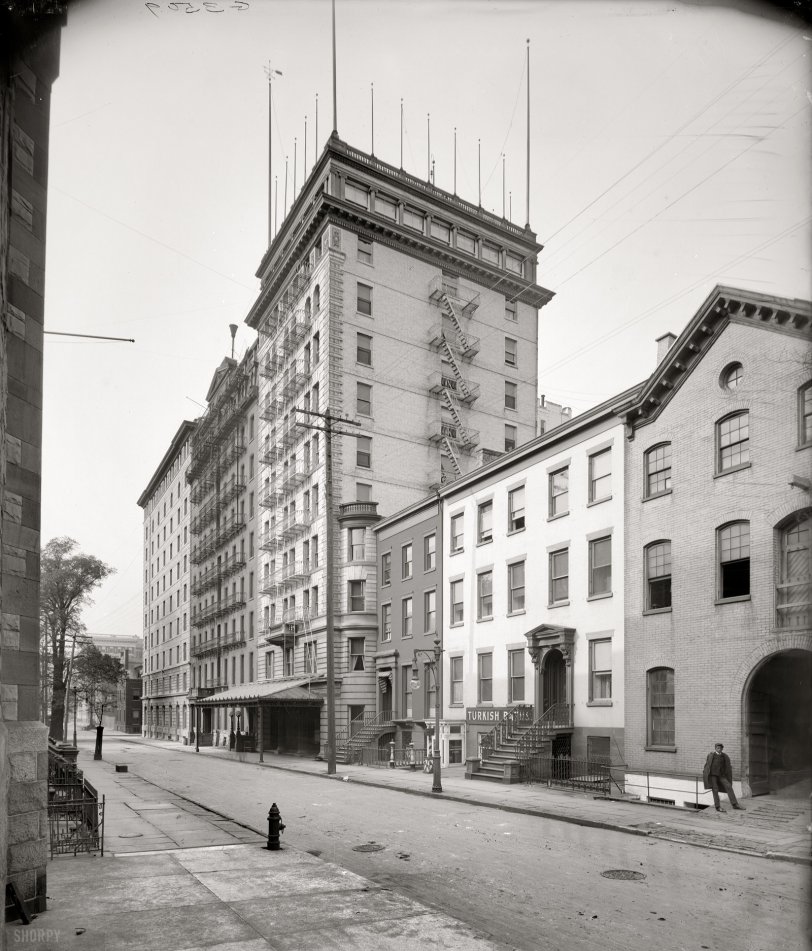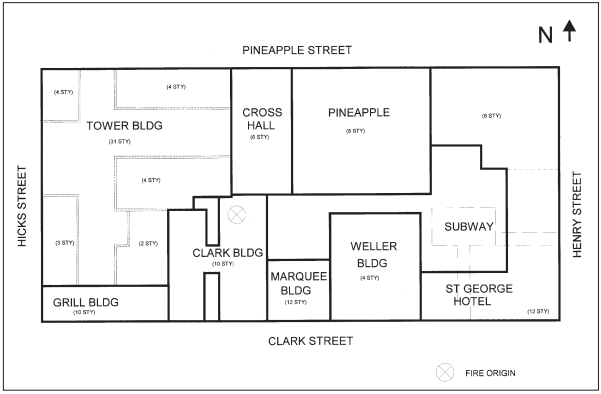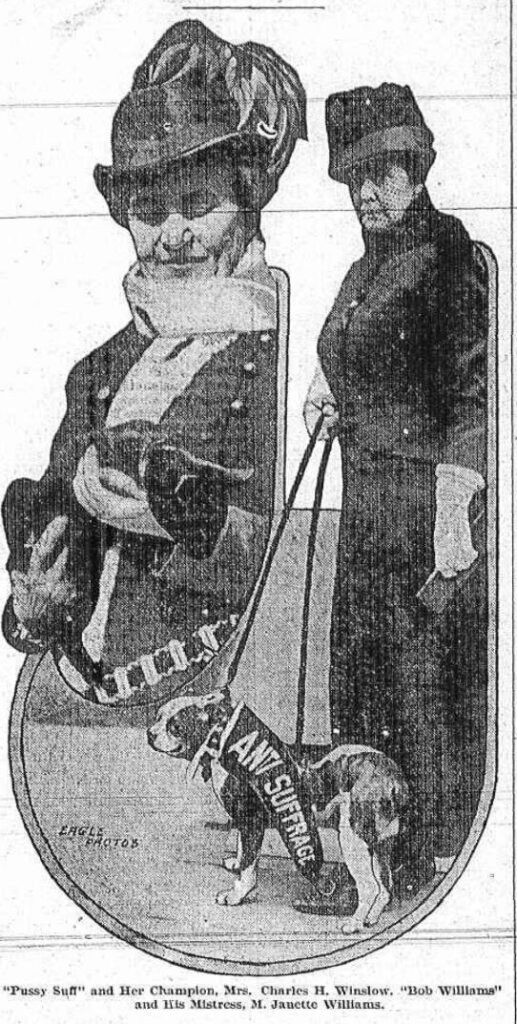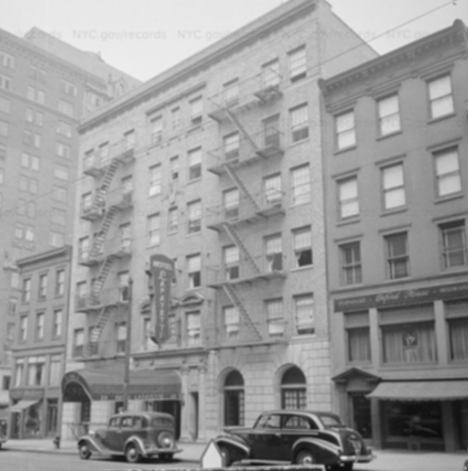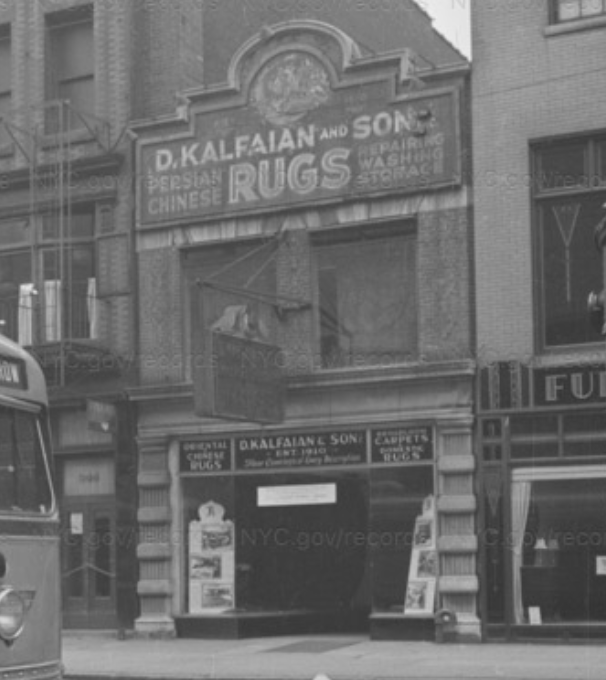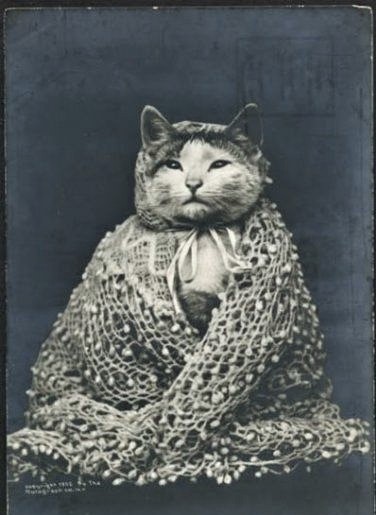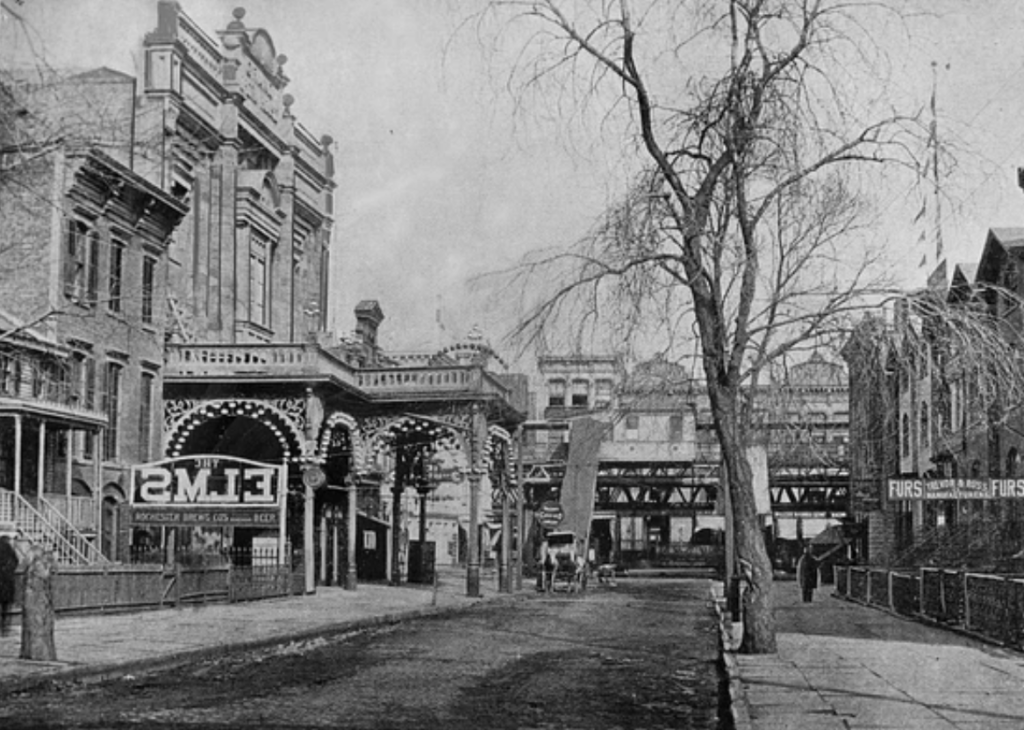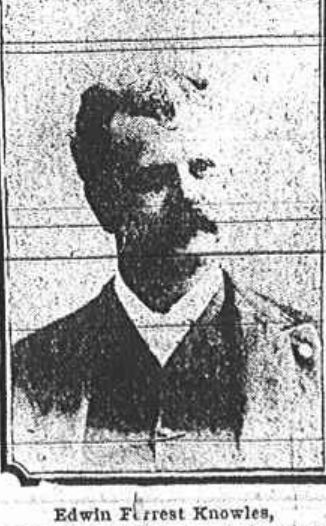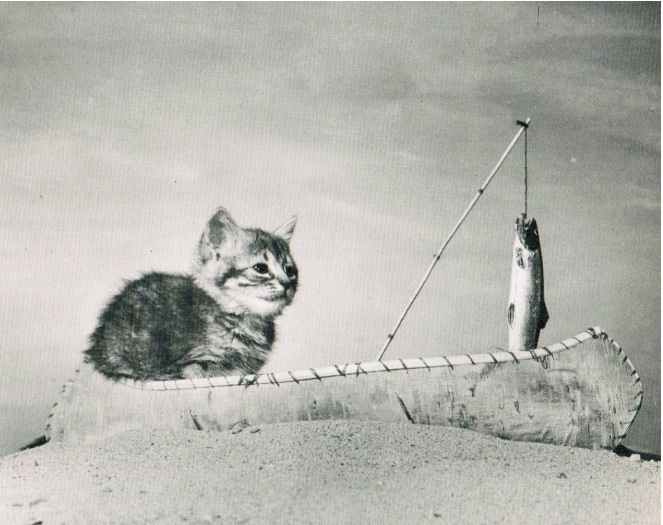
Tabby was just a typical landlubber cat who worked as a mouser in Eltingville, Staten Island, when she embarked on an amazing journey more fit for a seafarer cat like Olaf the Viking cat. Although she lived through three storms while at sea, she never lost even one of her nine lives during her nine days on the water in the Sandy Hook Bay and North Atlantic Ocean.
Tabby lived near what is now Crescent Beach in the village of Eltingville, located on the southern shores of Staten Island. One day in March 1884, the cat made the mistake of following the three children she lived with to the beach. They tossed her into a small rowboat and pushed the boat from the shore.
The rotten little kids told the reporter they were only trying to have some fun, and to see what would happen when the cat became frightened.
Within minutes, a strong wind and the tide began carrying the boat out of sight. It headed toward Sandy Hook in New Jersey. Tabby could only sit back and try to survive the adventure.
Ten days later, a small fishing boat anchored off Eltingville, with the small rowboat in tow. A lone sailor emerged from the boat, carrying Tabby in his arms. The sailor told the press he had found the boat drifting about 70 miles southeast of Sandy Hook.
Apparently, Tabby survived by eating a few flounders that had been left behind on the boat before she left on her journey. The three late-winter storms filled a bailing pan with rainwater, so Tabby had plenty of fresh water to drink.
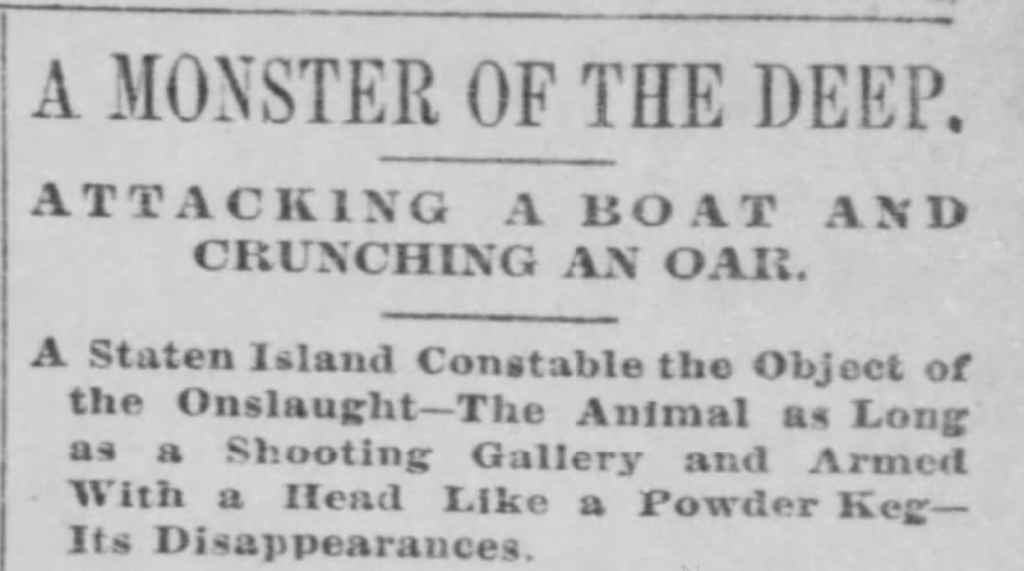
According to the mariner, Tabby was sitting in the bow of the boat when he rescued her. She immediately jumped into his boat, seemingly pleased to have been rescued. Fortunately, the rowboat owner’s name was painted on the boat, allowing the sailor to return the boat to Eltingville.
Hopefully the cat found a new home with better-behaved children when she returned.
Incidentally, at about the same time this story of Tabby appeared in the news, another story was published about a reported sea serpent sighting off the shores of Eltingville. According to the story, the village constable, Elbert L. Poillon, was standing on the the beach with John Fisher and his son when they saw what appeared to be a large log drifting toward them.

The three men got into a boat and approached the moving object. One of the men dipped his oar into the water, causing the sea monster to whip its head around and crush it in half. The men told a reporter they thought the creature was about 25 feet long.
Neighbors accused the constable and Fisher of making up the big fish tale, but the men appeared before the justice of the peace to swear to their testimony.
The next big Eltingville story to make the news was in January 1908, when Miss Helen Wilcox, wearing only a bathing suit, took a two-minute swim in the 30-degree ocean waters on a bet.
A Brief History of Eltingville, Staten Island
Once known as South Side (the name of its post office up to 1873) and then as Sea Side, Eltingville is named for the Elting family of the Province of Drenthe (Netherlands). The first newspaper reference to the village of Eltingville was in 1882; in fact, one of the very first stories to mention the town was this story about Tabby. Several newspapers across the country–and even England–picked up the story in 1884.
The Elting family reportedly settled in New Paltz, New York, in the early 1700s. Following the Revolutionary War, many New Paltz residents, including the Hasbroucks and Eltings, emigrated north to Albany, south to Orange County, or to the County of Richmond (Staten Island).
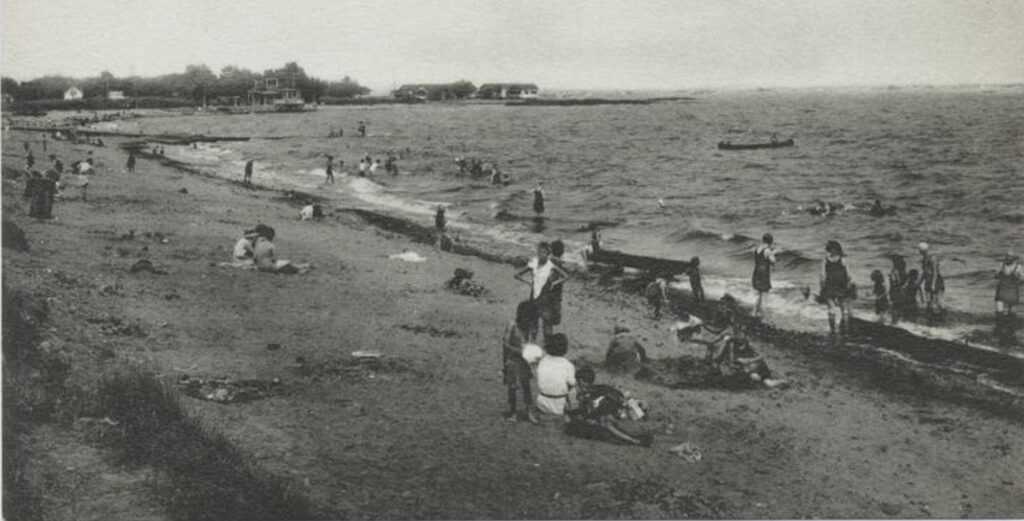
Considering the town was named for this family, there is surprisingly very little information published about the Eltings, although their name does show up on old maps and old property records. Elting is a common name that appears in Ulster County records, and Richmond County indices from the nineteenth century also show numerous properties bought and sold by Elting and Kolff Development Company (Cornelius C. Kolff).
In New Paltz, the Elting (aka Eltinge) family goes back to Roelif Eltinge, a Huguenot who was one of the first patentees of New Paltz, Ulster County.
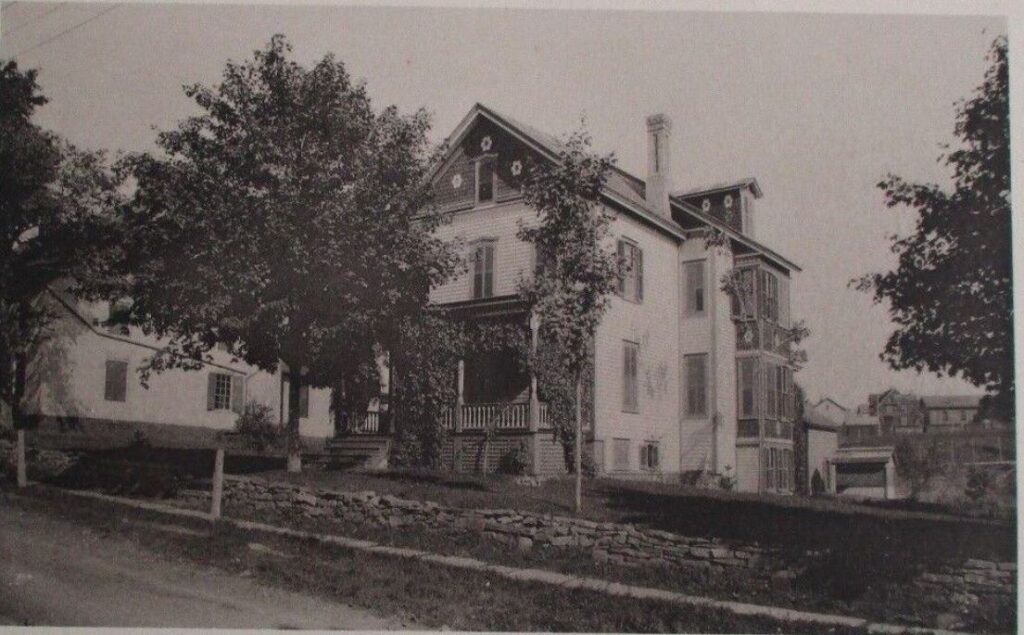
Another family member in Ulster County was Noah Elting, who received a patent from King George II in 1747. Noah operated a ferry boat landing in the hamlet of Highland on the Hudson River. In the 1790s and early 1800s, the ferry was the only way for people to get to Poughkeepsie from the hamlet.
Old Staten Island maps show that the N. Elting estate was on Amboy Road on the north and south side of the Staten Island Rail Road, near present-day Richmond Avenue (Seaside Avenue on the map below). I’m not sure, however, if the N stands for Noah or if this Elting was even directly related to Noah Elting of New Paltz.

In later years, the property was owned by Cornelius W.H. Elting (between present-day Bamberger Lane and Waimer Place). Cornelius was born in Ulster County in 1843, the son of Cornelius H. and Catherine Elting. According to census reports, he and his family were living in Westfield, Staten Island, by 1855.
Cornelius W.H. Elting was a contractor and an office builder involved in Staten Island real estate development. His residence of record was at 2098 Fifth Avenue in Harlem, where he served as president of the Harlem Board of Commerce.
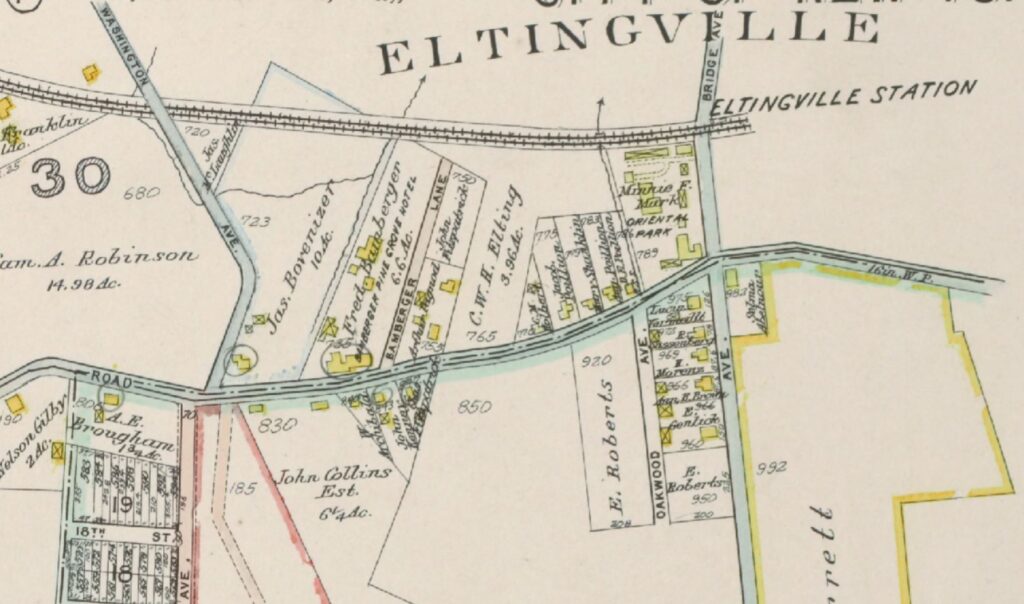
Cornelius was married to Rachel Ann Van Buren, who died in 1907, just four years after her husband’s death. According to an article in the New Paltz Independent about Mrs. Elting’s passing, it was Cornelius’ ancestors who in fact founded Eltingville. Mrs. Elting bequeathed a large portion of her estate, which included property in Eltingville, to the YMCA of the State of New York.
Cornelius and Rachel Elting are buried in Woodlawn Cemetery, Bronx.
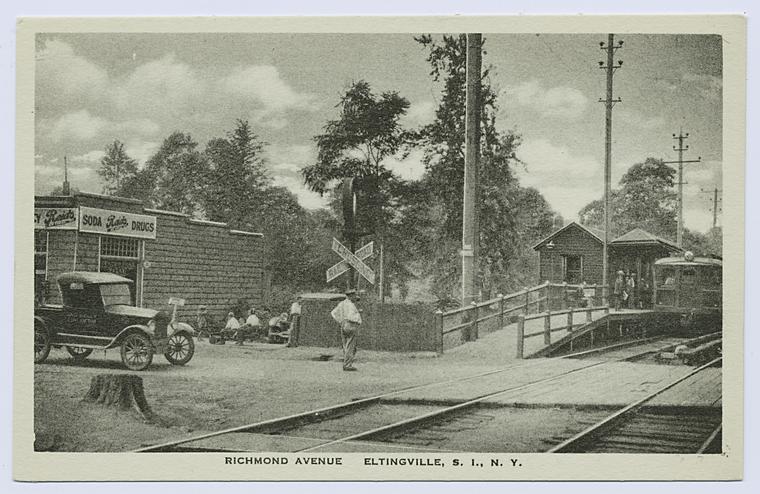
In addition to the Staten Island Railroad, which opened in 1860, wooden plank roads added in 1850 also made Eltingville more accessible for summer residents and vacationers. The beach at Eltingville became known for excellent boating, fishing, and bathing.
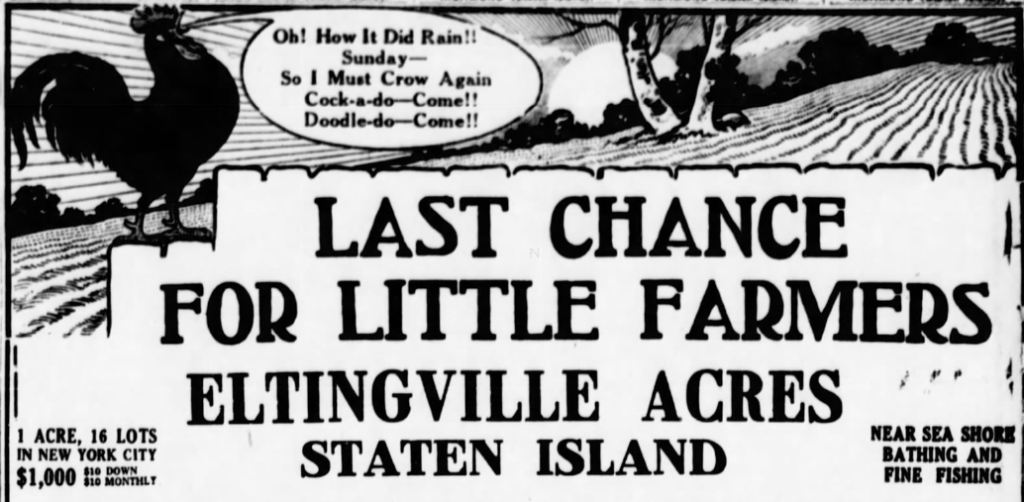
The village began steadily developing in 1915, when Wood, Harmon & Co. began selling $1000 acre lots on 150 acres of land called Eltingville Acres near the train station. The company placed large ads in newspapers promoting the opportunity for those who aspired to be small farmers to own an acre of pristine land in the city.
The developers boasted the large peach orchard on the northeast portion, a twenty-acre wooded grove of oak, beech, and maple trees, a great plain of fine soil, a beautiful brook meandering through the land, and of course the beach only one mile away.
Fun fact: In 1917, the largest underwater telephone cable in the world was completed across the Raritan Bay, from Eltingville to Keansburg, NJ, a distance of 5.5 miles.
